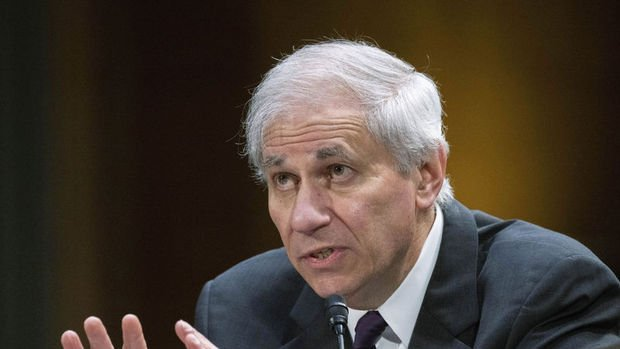Stronger capital rules are coming to mid-sized banks in the US
U.S. Federal Deposit Insurance Corporation (FDIC) Chairman Martin Gruenberg said bank regulators are considering imposing stricter capital rules on banks with assets over $100 billion. “Strong, high-quality capital is essential to enhance resilience in the banking system during economic cycles and times of economic stress,” Gruenberg said in a speech at the Washington-based Peterson Institute for International Economics. Pointing out that the loss of market confidence that began with the collapse of Silicon Valley Bank (SVB) led to questions about capital, Gruenberg said federal banking agencies should carefully review banks’ current prudential requirements, including capital, liquidity and loss-absorbing resources. Gruenberg said that mid-sized U.S. banks with at least $100 billion in assets will face new rules to set aside more capital in the event of unexpected stress, while community banks will be exempt from such rules. Gruenberg noted that federal agencies will propose new capital rules in the near future, but added that the rules are unlikely to go into effect before the middle of next year. The bankruptcy of SVB in the US in March was one of the largest bank failures since the 2008 global financial crisis, followed by New York-based Signature Bank. In early May, First Republic Bank became the third bank to go bankrupt in the US in two months following a sharp increase in interest rates. In order to prevent bank failures from happening again, policymakers made statements that banks' auditing and capital requirements could be tightened.


